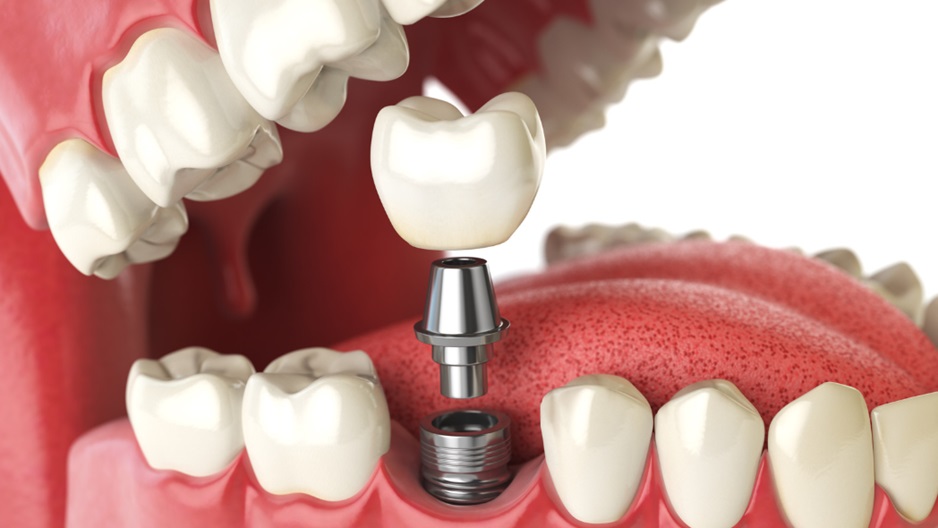Dental fillings are traditional solutions for dental cavities. But a lot of people do not know what to expect when they get their cavities filled. Dental anxiety is a reality for some patients, especially during a dental filling procedure. While nothing is wrong with this, understanding the process can help calm them down. An experienced Fresno cosmetic dentist knows how to deal with all types of patients, ensuring they have a comfortable experience at the office. They will keep you informed about the fillings you may need depending on the seriousness of your cavities.
Preparation and Filling Procedure
Before your dentist will start with the procedure, they will numb your gum line, surrounding skin, and teeth first. This lessens or prevents the discomfort you may feel during the procedure. Then, the dentist will repair the affected teeth. They will drill the decayed parts of your teeth to help prevent the cavity-causing bacteria from spreading.
Next, the dentist will prepare the space created after the decayed parts were removed. They will mold your dental filling to match the shape of your tooth and restore its natural strength. They may use various kinds of teeth fillings, depending on your budget, smile goals, and health concerns.
Potential Side Effects
The side effects may experience when you get a dental filling depends on the scale and seriousness of the cavities addressed. Generally, tooth pain may be felt for a few days following the procedure because of increased sensitivity. You may need to stay away from hot, sugary, cold, and acidic foods or beverages during the healing process to prevent this pain.
But consequences can be more serious if you get an amalgam filling. This type of dental filling contains a mix of silver, mercury, copper, and tin, which may be released into your body when the filling gets damaged over time. This is the reason many dentists recommend removing amalgam fillings in people’s teeth and replacing them with ceramic or composite fillings.
Moreover, there is also a risk of any filling becoming loose and letting the appearance of a small space between the filling and the tooth. Such space allows bacteria to infiltrate and breed, leading to future decay. Lastly, dental fillings can break, fall out, or crack. In general, this can happen when you sustain a hard hit or bite down on a hard item. This is common in patients who are active in contact sports.




